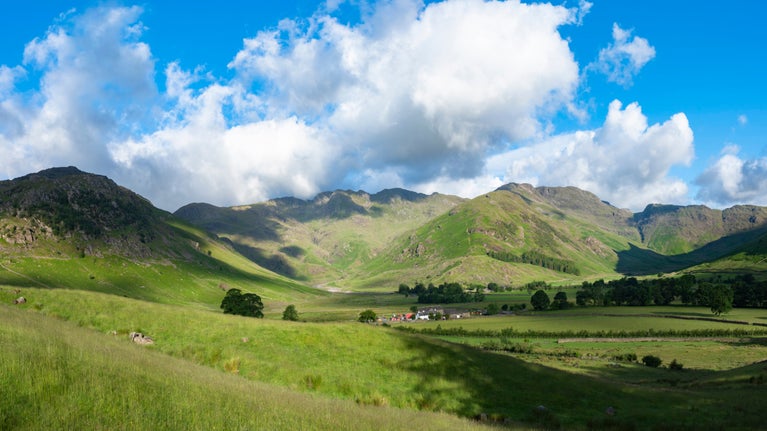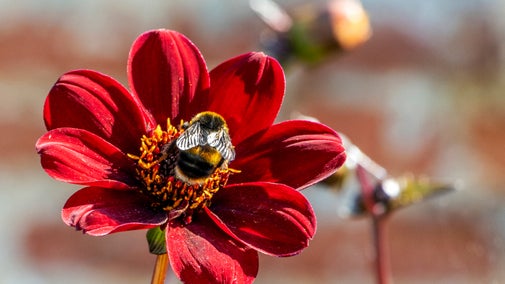
Nature conservation
From ancient trees to bees and butterflies, our places are full of life. We're working hard to safeguard nature for years to come.

Loss of woodlands and competition for food mean that hazel dormice are in trouble, with numbers tumbling in the last century. But rangers and volunteers have been working hard to restore woodland habitats and protect the species so they can survive.
Hazel dormice are no bigger than an avocado stone, and with their golden-brown fur, large black eyes and furry tail it’s easy to see why they’re one of the UK’s most appealing small mammals. However, many people will have never seen a dormouse in the flesh, as they’re nocturnal and spend much of the spring and summer up high among tree branches or in hedgerows. Their numbers have also declined as traditional woodland management techniques have died out and the dormice’s habitat has been lost.

During the winter dormice leave the tree canopy to hibernate on the ground, often under logs and piles of leaves, in grass tussocks or at the base of trees. Dormice will also sleep through cold and wet weather whatever the time of year, so they actually spend a large proportion of their time unconscious. In fact, their name comes from the French word ‘dormir’, which means ‘to sleep’.
When they are awake, dormice spend much of their time in search or buds, hazelnuts, berries and insects to eat. Hazelnuts provide a great source of fat for dormice; so hazel trees are an ideal habitat.
Hazel dormice are listed as a priority species in the government’s Biodiversity Action Plan and are strictly protected by both UK law and European law,. You need a licence to be able to check nesting boxes and handle them.
Read on for more details on some of the projects we have undertaken to help protect dormice:

With the help of a team of volunteers, ranger and licensed-handler Tamsin Holmes built 167 dormouse nest boxes and erected them in targeted woodland areas. Box checks first took place in May 2009 when four dormice were found.
A survey in November 2011 showed 33 out of now 183 nest boxes were occupied, with sightings of dormice nesting in each of them.
Stourhead is registered with the Peoples’ Trust for Endangered Species as a dormouse monitoring site. Results of surveys are sent to them for the National Dormouse Monitoring Programme.

From ancient trees to bees and butterflies, our places are full of life. We're working hard to safeguard nature for years to come.
Rare hazel dormice have been reintroduced into the heart of the National Forest. Discover more about this endangered species and work we've carried out at Calke Abbey in Derbyshire to prepare for their arrival.

Red squirrels are protected at our places. Discover more about the safe havens we are providing for these fascinating creatures.

Learn how we protect the bat populations that live at places we look after, as part of our core values as a conservation charity.

Discover all kinds of wildlife at the places in our care from marine animals to rare woodland species. Spot grey seals, otters, butterflies or birds on your day out.

Get closer to nature by reading our guides on how to spot wildlife, facts about ancient trees and tips on identifying birdsong, plus many more activities.

Biodiversity is the variety and breadth of life on Earth and it’s diminishing at an alarming rate; experts suggest we’re in the sixth mass extinction. We can all do our bit to protect biodiversity near us.

Ancient trees are links to our past, they're species-rich habitats that support countless other organisms. Discover what makes a tree ancient and how to recognise them.

Our woods have been used in many ways since the Ice Age, from royal hunting grounds to military bases. Spot clues to past lives hidden in your favourite woodland.
